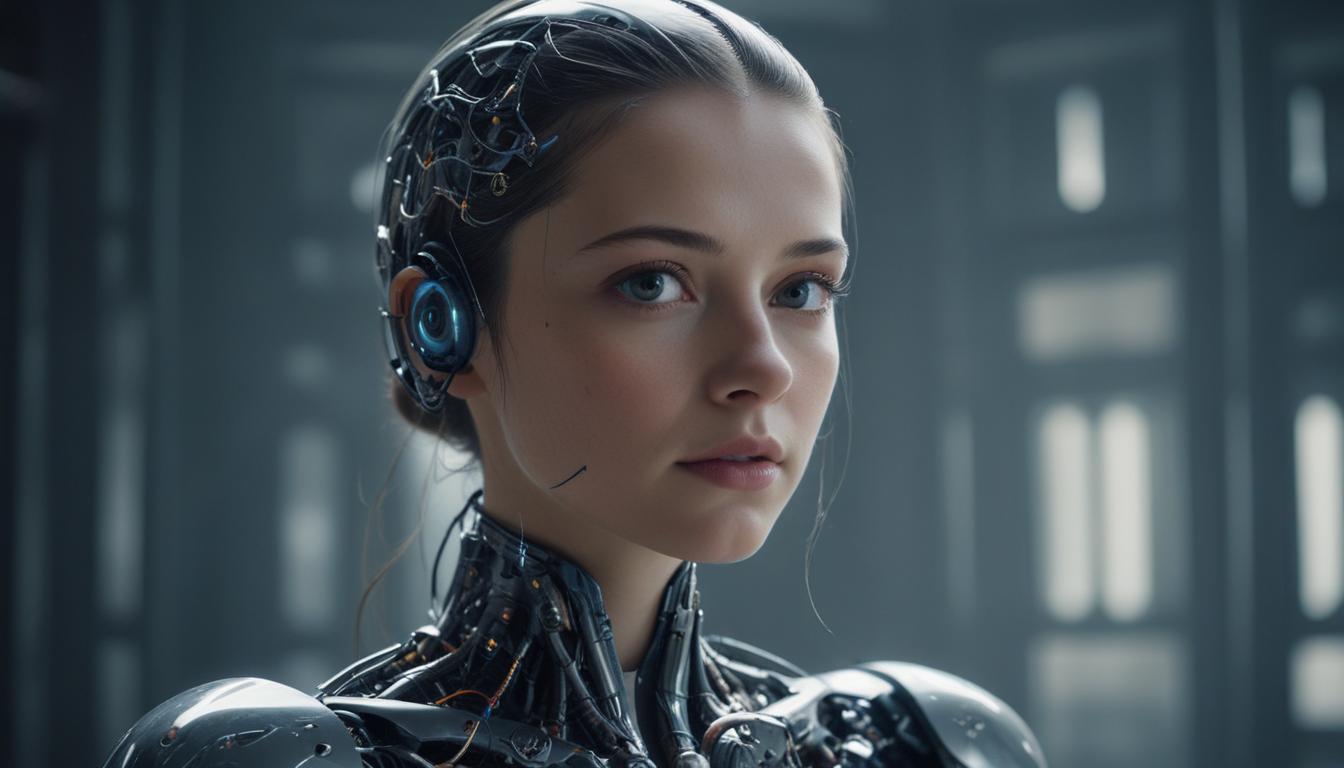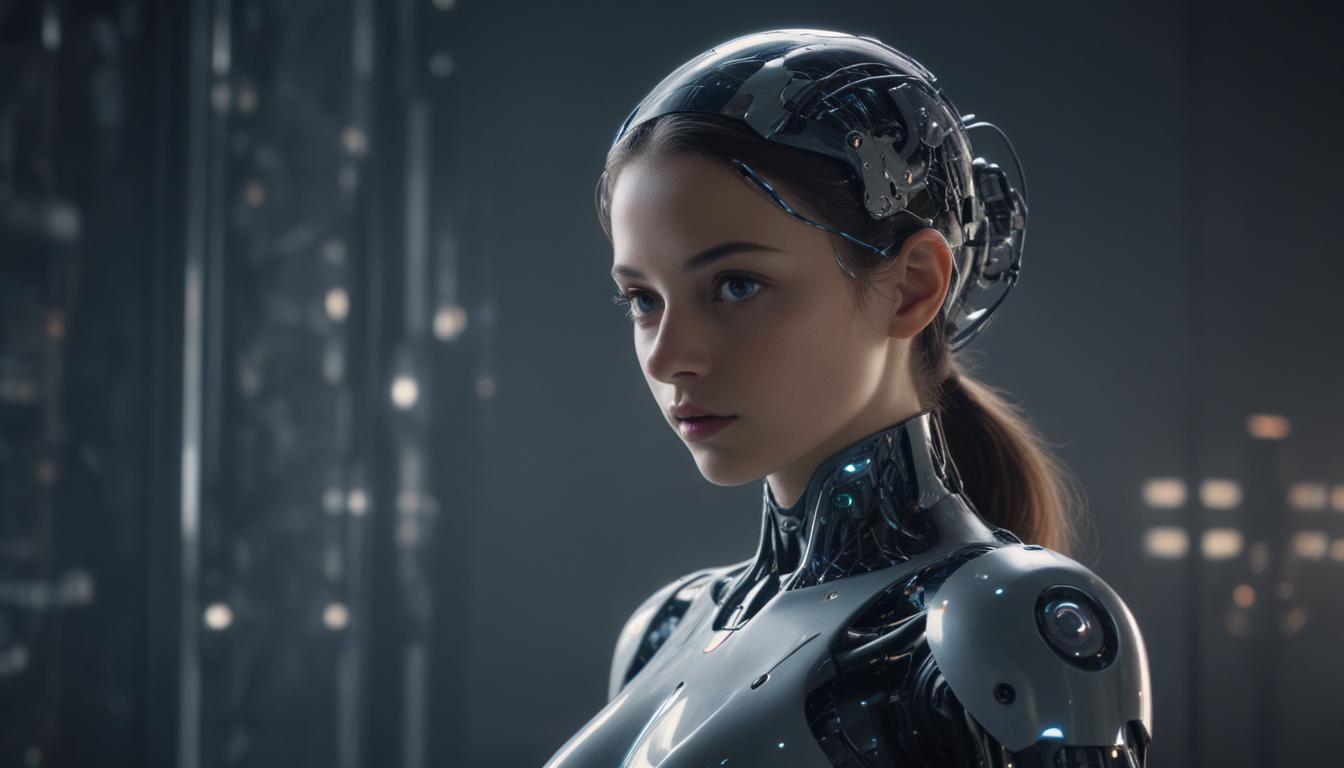Now Reading: AI’s Next Frontier
- 01
AI’s Next Frontier
AI’s Next Frontier

The Future of Artificial Intelligence Beyond Current Capabilities
It feels like every day a new AI tool pops up, promising to revolutionize how we work, create, and live. You’ve seen the incredible images, read the AI-generated articles, and maybe even used ChatGPT to help with your emails. But after the initial amazement wears off, a question starts to creep in: is this it? Are we just going to get slightly better image generators and more articulate chatbots, or is there something truly transformative on the horizon? The constant buzz can be overwhelming, leaving you unsure of what’s hype and what’s the next genuine leap forward.
This guide is designed to cut through that noise. We’re moving beyond the current conversation to explore the next frontiers of artificial intelligence that scientists and engineers are actively working toward. This isn’t about the next app update; it’s about the fundamental shifts in what AI can be and what it can do. Forget simply answering prompts—we’re talking about AI that can think, act, and interact with the physical world in ways that will redefine our future. Let’s explore what lies beyond today’s capabilities.
Moving From Generative to Autonomous Systems
We are currently living in the golden age of generative AI. Tools like ChatGPT, Claude, and Midjourney are masters of this domain. You give them a prompt, and they generate a response—be it text, code, or an image. While incredibly powerful, this is fundamentally a reactive process. The AI waits for your command and executes it within the digital confines of its programming. It can write a brilliant business plan, but it cannot take the first step to execute that plan. It is a supremely skilled assistant, but an assistant that waits for instructions.
The next major evolution is the shift from generative AI to autonomous AI. Imagine an AI agent that you don’t just prompt, but that you assign a high-level goal. For instance, instead of asking it to “write a marketing plan for a new coffee shop,” you would task it with “launch a successful coffee shop in this neighborhood.” The autonomous agent would then break that goal down into smaller steps: researching local demographics, analyzing competitors, generating a brand identity, drafting a business loan application, sourcing suppliers, and even creating and launching a social media campaign. This is AI that doesn’t just respond; it initiates, plans, and acts to achieve a goal with minimal human intervention.
The Dawn of Embodied AI
For AI to become truly autonomous in a meaningful way, it cannot be confined to a computer server. It needs a body. This is the concept behind embodied AI, where advanced artificial intelligence is integrated into physical systems like robots, drones, and smart devices. This is not the clunky, single-task automaton of yesterday’s factories. We are talking about fluid, adaptable machines that can perceive, understand, and manipulate the physical world around them with the same sophistication they currently handle digital data.
Think beyond a simple robot vacuum. Imagine an elder-care companion robot that can not only hold a conversation but can also cook a meal, clean the kitchen, and recognize if its human companion is in distress. Consider agricultural robots that roam fields, identifying individual plants that need water or are showing signs of disease, and providing targeted treatment without spraying an entire crop. Embodied AI is the bridge between the digital intelligence we’ve created and the physical world we inhabit, opening up possibilities for automation and assistance in nearly every aspect of our lives, from complex surgery to disaster recovery.

Artificial General Intelligence The Ultimate Frontier
The final and most profound frontier in AI research is the pursuit of Artificial General Intelligence, or AGI. This is the holy grail of AI, representing a significant departure from the specialized systems we have today. All current AI, no matter how impressive, is considered “Narrow AI.” It is incredibly good at the specific task it was trained for—whether that’s playing chess, translating languages, or identifying tumors in medical scans—but it cannot transfer its learning to a completely different domain. A chess-playing AI cannot suddenly decide to learn how to compose music.
AGI, in contrast, would possess the kind of flexible, multifaceted intelligence we associate with humans. It would be able to reason, solve novel problems, understand context and nuance, and learn new skills without being explicitly trained for them. An AGI could read a physics textbook, understand the concepts, and then use that knowledge to design a new type of engine. The challenges to creating AGI are immense, involving not just computational power but a fundamental understanding of consciousness and cognition. However, its potential is nearly limitless. An AGI could help us solve humanity’s most intractable problems, from curing all diseases and reversing climate change to unlocking the secrets of the universe.
Navigating the Ethical and Societal Transformation
This incredible future is not just a technical challenge; it is a human one. The leap toward autonomous and embodied AI, let alone AGI, brings with it a host of profound ethical and societal questions that we must address proactively. The widespread deployment of autonomous systems will inevitably cause massive shifts in the job market, requiring a complete rethinking of education, careers, and economic value. How do we ensure that the benefits of this productivity boom are shared broadly and don’t lead to unprecedented inequality?
Furthermore, as AI becomes more integrated into our physical world, questions of bias, privacy, and control become paramount. An autonomous security drone must be free of racial or social bias, and a home-assistance robot must have unbreakable privacy safeguards. The development of AGI introduces the “control problem”—how do we ensure that a system far more intelligent than us remains aligned with human values and goals? Building this future responsibly means that the development of AI ethics, governance, and safety protocols must happen in parallel with the technological breakthroughs. The goal is not just to create powerful intelligence, but to build a future where that intelligence serves all of humanity.


































